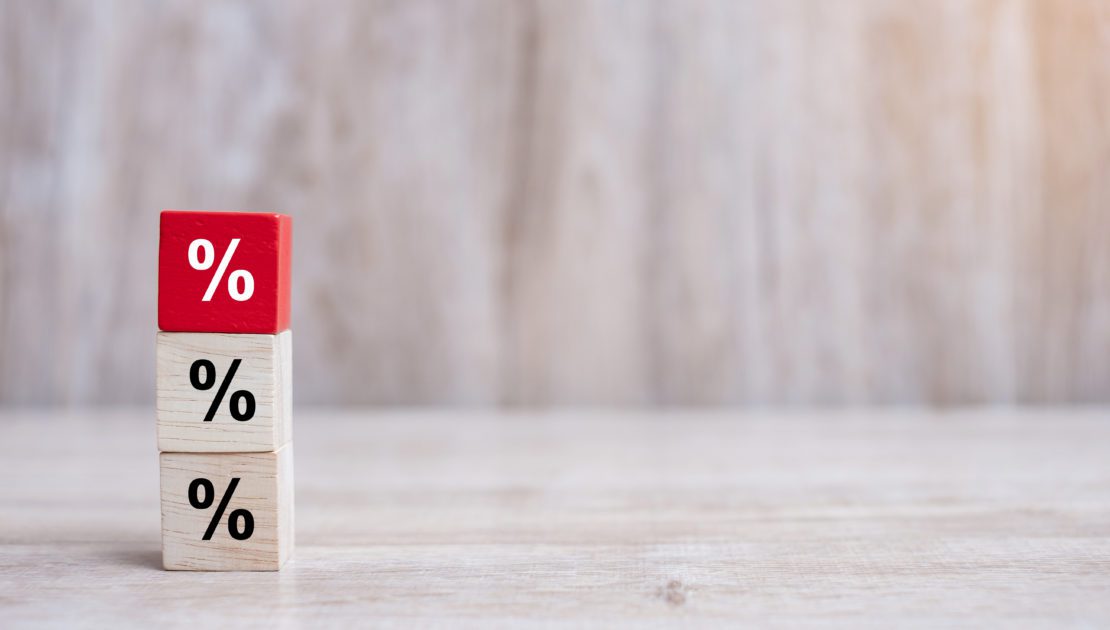SHOULD YOU BE WORRIED ABOUT AN INTEREST RATE RISE?
As the Australian economy recovers from COVID-19 and housing prices continue to increase, there’s been a lot of talk of late about when interest rates will rise and what impact this will have on homeowners and investors. Earlier this week a national Australian mortgage and rental affordability survey predicted ‘dire consequences’ for the economy if…

As the Australian economy recovers from COVID-19 and housing prices continue to increase, there’s been a lot of talk of late about when interest rates will rise and what impact this will have on homeowners and investors.
Earlier this week a national Australian mortgage and rental affordability survey predicted ‘dire consequences’ for the economy if there is a rate rise of only one per cent. It found 57 per cent of responders did not think they could meet the mortgage or rent increase associated with this rise, which is approximately $300 a month.
Also this week the Reserve Bank of Australia Governor, Philip Lowe, reiterated the fact that while inflation is improving better than expected, the economy still has a way to go. Dr Lowe said “it is still plausible that the first increase in the cash rate will not be before 2024”. As for interest rates, he said “current market pricing suggests that investors expect that most central banks in advanced economies will increase their policy interest rates by the end of 2022…and it is noteworthy that only a modest increase in policy interest rates is anticipated, with rates expected to plateau at what would still be historically low levels.”
What is important to note here is that a survey is essentially how people perceive something.
Realistically, interest rates hit a record low of 0.1 per cent in November 2020, so anyone who has had a mortgage long term has already paid much higher rates.
When a lender assesses someone’s ability to service a loan, they don’t calculate it based on the current interest rate – they include a buffer. In November APRA told lenders it expects banks to assess new borrowers’ ability to meet their loan repayments at an interest rate at least 3 per cent higher than the current product rate (read our previous article here about why we think this is a problem). Before this, the buffer was 2.5 per cent. What this means is, if someone has obtained a mortgage in the last few years they were already assessed at a rate 2-3 per cent higher than they’re paying. In other words, they wouldn’t have been approved for their loan if they couldn’t afford a rate rise, and they can absorb at least 2-3 per cent before they will really start to feel the bite.
Australia has one of the lowest mortgage default rates in the world, and an extremely regulated banking system. There are more than enough controls in place to prevent a major collapse. The unwarranted hysteria regarding interest rates is only increasing anxiety, when actually the majority of people will be fine – even if a few may just need to make some small lifestyle changes.
It’s easy to forget what’s happened in the past, but in reality anything under 5 per cent is still cheap money.






